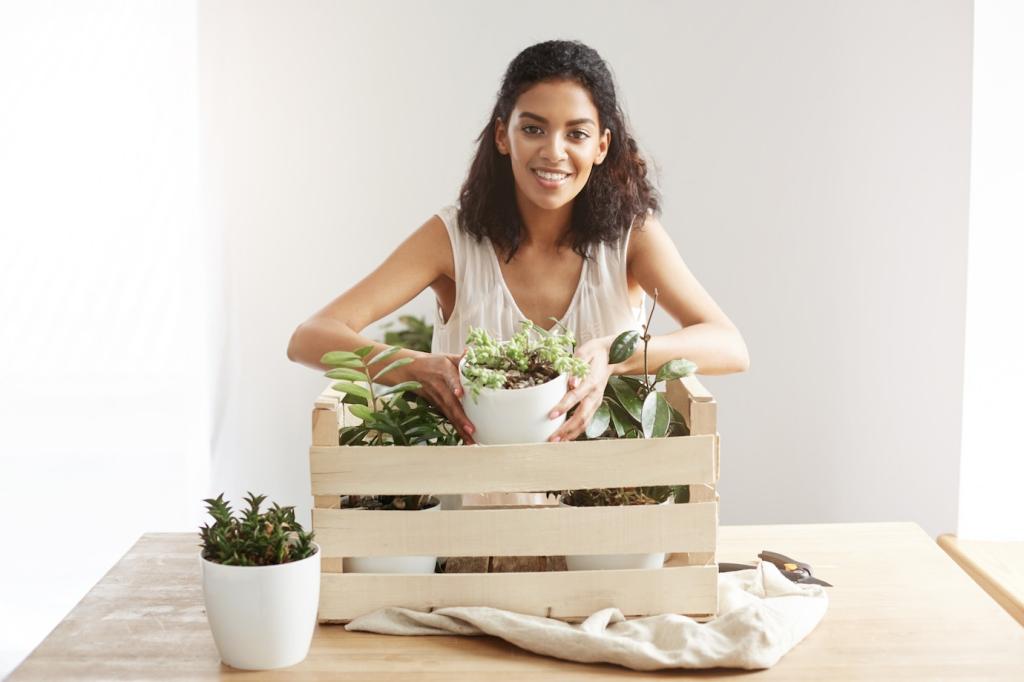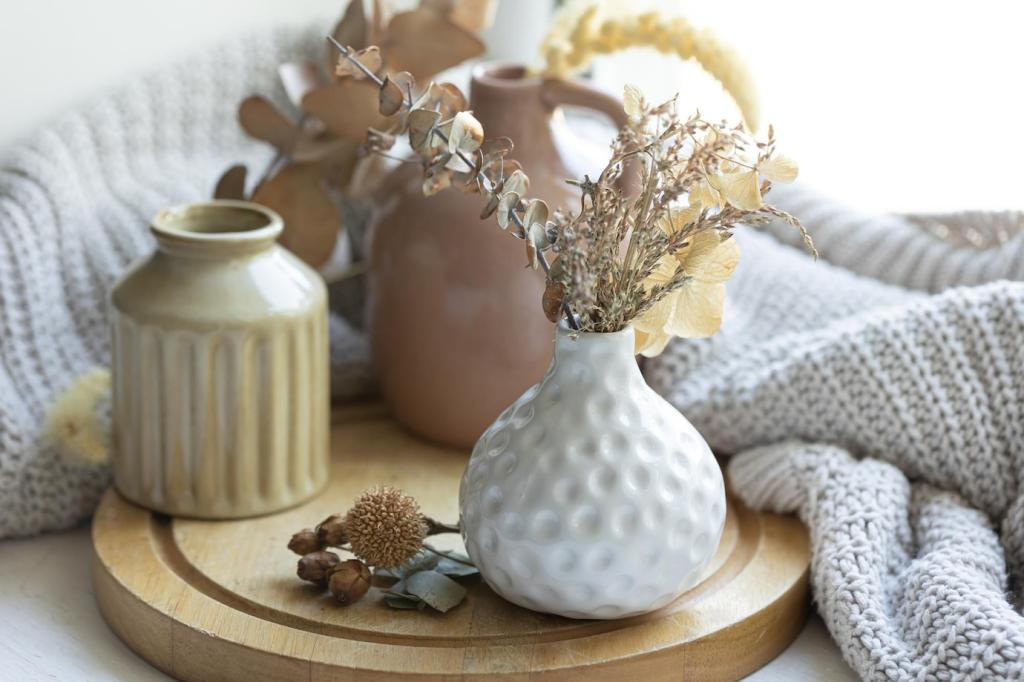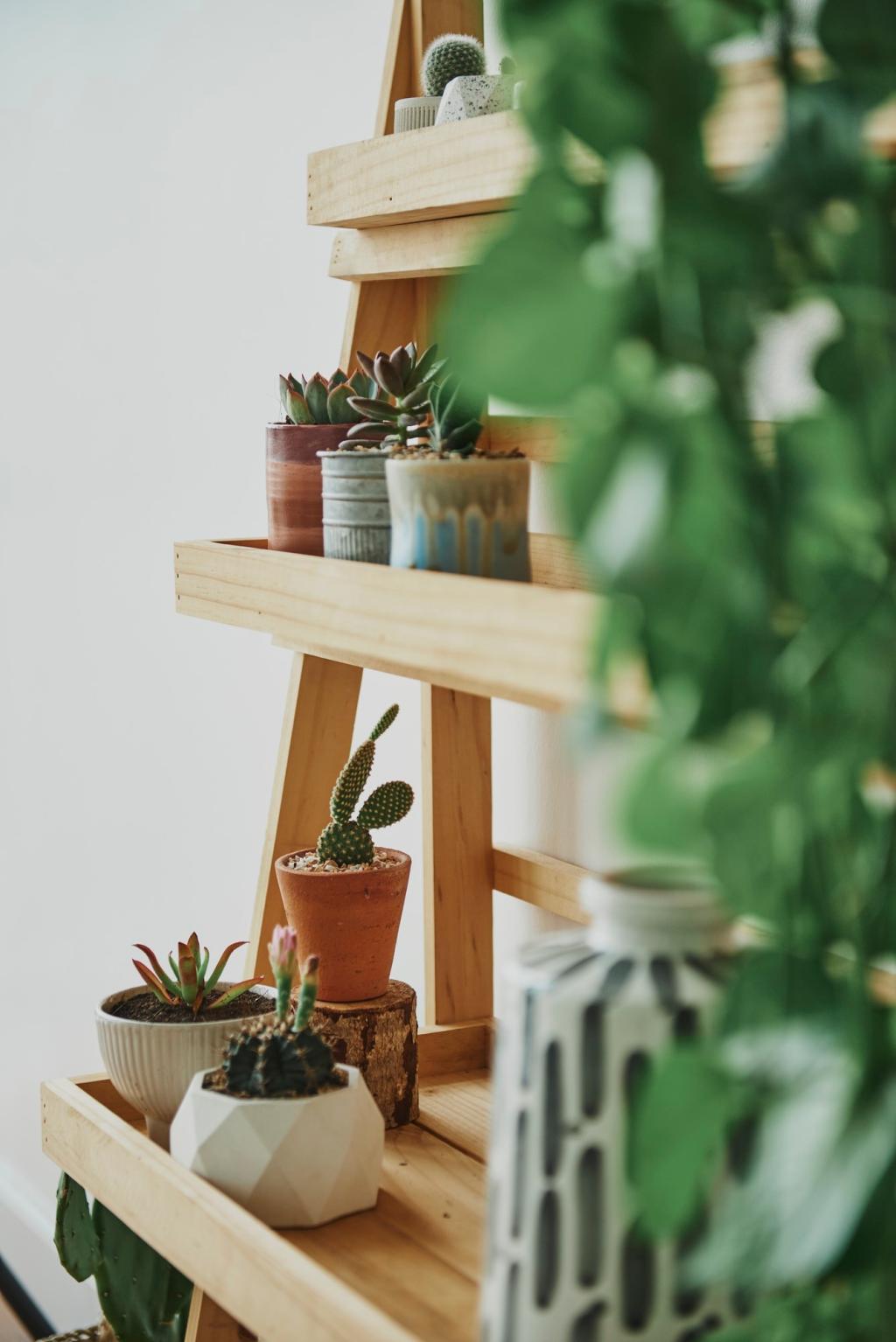Daylight, Orientation, and Reflectance
Track shadows from morning to evening before choosing paint. Northern light cools hues; western sun warms them dramatically. Swatch on multiple walls, not just one board. Tell us where your light surprises you most, and we’ll suggest adjustments to keep tones consistent.
Daylight, Orientation, and Reflectance
Choose whites in the 80–90 LRV range with a whisper of warmth to avoid sterile glare while still maximizing bounce. Match trim and ceiling carefully for a quiet gradient. Comment with your favorite white and how it behaves across seasons.





